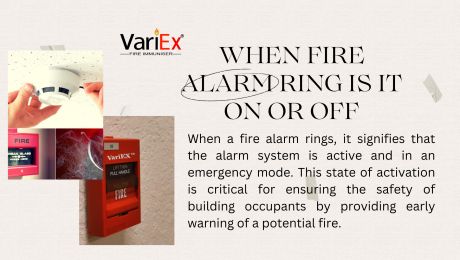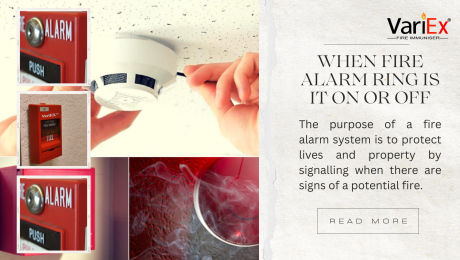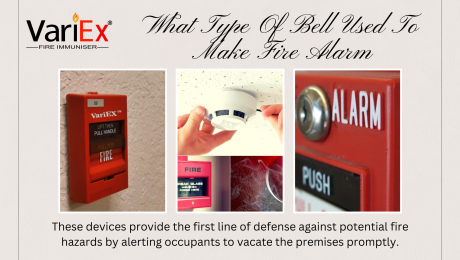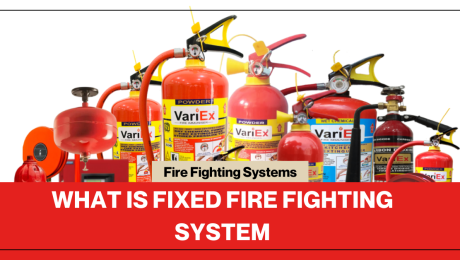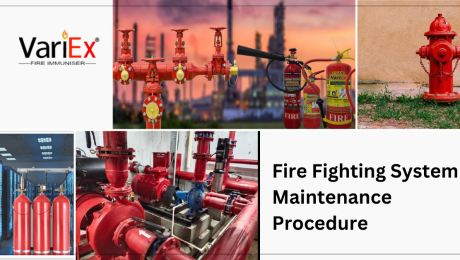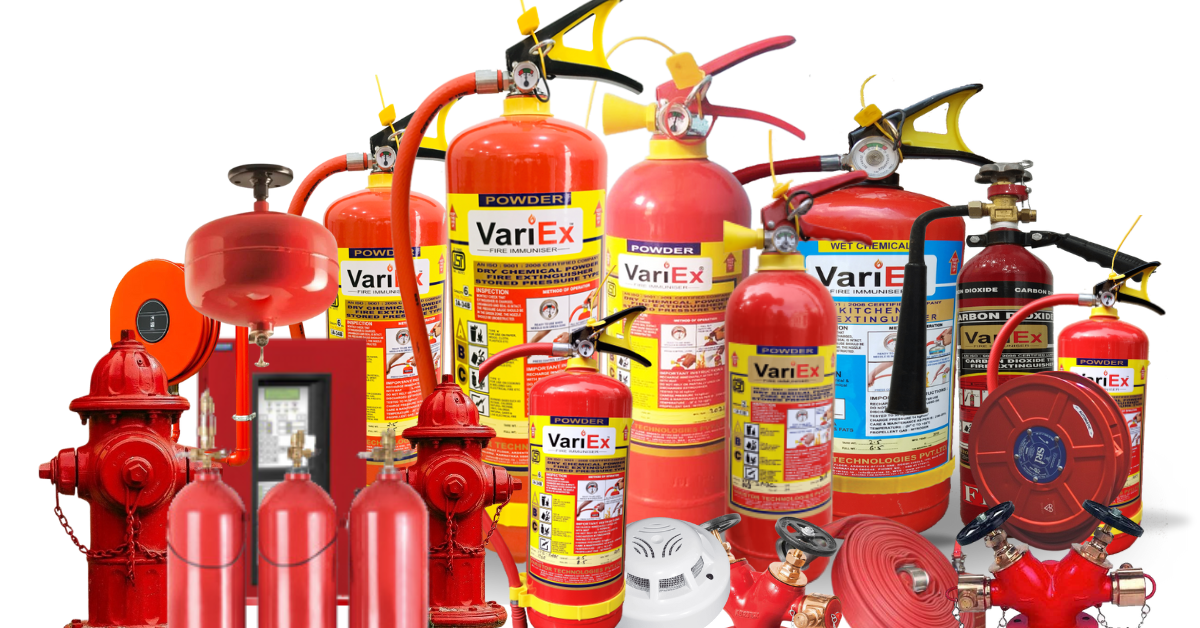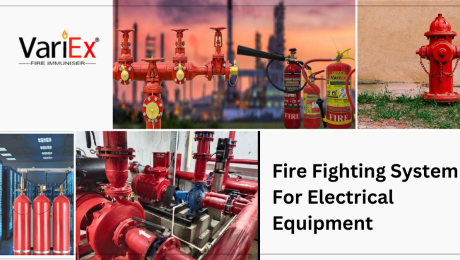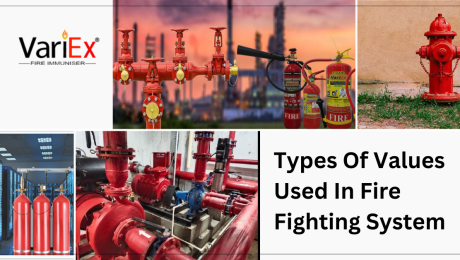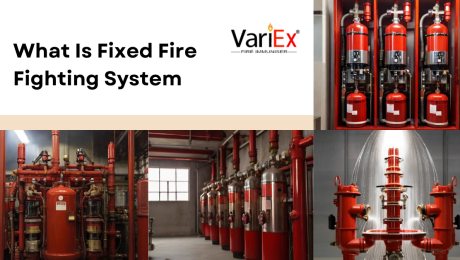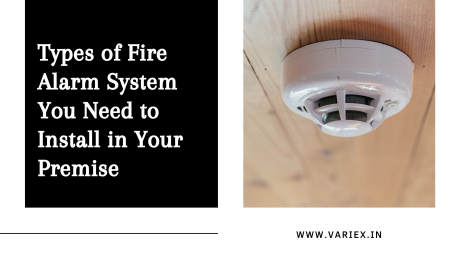A fire alarm, a paramount safety device, detects and alerts individuals to fire, ensuring rapid response and evacuation. Essential in homes, businesses, and public spaces, these alarms use various sensors, such as smoke and heat detectors, to identify potential threats. Upon detection, the alarm emits a loud, distinctive signal, serving as an early warning system. Modern fire alarms often integrate advanced technologies, including carbon monoxide detection capabilities, providing comprehensive protection. Regular testing, maintenance, and adherence to safety standards are crucial to guarantee the system’s reliability. Investing in a reliable fire alarm system is not just a precautionary measure; it is a proactive step towards safeguarding lives and property, emphasizing the crucial role these devices play in comprehensive fire safety strategies.
How To Make Fire Ball Extinguisher
- Published in Fire Extinguisher, Fire Fighting System, Fire Safety Equipment
Why Fire Ball Is Neccesary
- Published in Fire Extinguisher, Fire Fighting System, Fire Safety Equipment
Why Fire Ball Is Important
- Published in Fire Extinguisher, Fire Fighting System, Fire Safety Equipment
Why Fire Ball Explosion
- Published in Fire Extinguisher, Fire Fighting System, Fire Safety Equipment
What Type Of Bell Used To Make Fire Alarm
- Published in Fire Alarm
What Is Fixed Fire Fighting System
What Are The 4 Types Of Fire Protection Systems?
What Are The Main Components Of Fire Fighting System?
Fire Fighting System Maintenance Procedure
Regular maintenance of fire fighting systems is essential to ensure their continued functionality and reliability in the event of a fire emergency. This guide outlines the key procedures involved in maintaining fire suppression systems to mitigate risks and protect lives and property.
1. Scheduled Inspections:
- Conduct scheduled inspections of all components of the fire fighting system, including control panels, piping, nozzles, detectors, fire alarms system, and fire extinguishers.
- Inspections should be performed by qualified technicians according to manufacturer guidelines and regulatory requirements.
2. Functional Testing:
- Perform functional tests of the entire fire fighting system to verify proper operation and response.
- Test alarms, detectors, and suppression equipment to ensure they activate as intended.
- Simulate fire scenarios to assess the system’s effectiveness in detecting and suppressing fires.
3. Inspection of Components:
- Inspect piping, valves, and nozzles for signs of corrosion, leaks, or damage.
- Check detectors and alarms for proper positioning, cleanliness, and functionality.
- Verify that control panels and electrical connections are secure and free from defects.
Fire Fighting System For Electrical Equipment
In today’s technologically driven world, the reliance on electrical equipment is ubiquitous, spanning industries from manufacturing plants to data centers and commercial buildings. However, alongside the convenience and efficiency these systems provide, there exists a persistent risk of electrical fires. These fires, often swift and devastating, pose significant threats to personnel safety, property integrity, and business continuity. To address this critical issue, the implementation of comprehensive fire fighting systems specifically tailored for electrical hazards is paramount.
Types Of Valves Used In Fire Fighting System
In the realm of fire safety, the effectiveness of fire fighting systems relies heavily on the proper functioning of various valves. These valves play a critical role in controlling the flow of water, directing it to the areas where it’s needed most during fire suppression efforts. This article delves into the different types of valves used in fire fighting systems, highlighting their functions and importance in ensuring swift and effective response to fires.
What Is Fixed Fire Fighting System
A fixed fire fighting system refers to a comprehensive fire suppression system installed in a building or an industrial facility. It is designed to automatically detect and extinguish fires in their early stages without human intervention. This system typically consists of a combination of sensors, detectors, valves, pipes, and nozzles strategically placed throughout the area to provide effective fire protection. Examples of fixed fire fighting systems include sprinkler systems, gas suppression systems, water mist systems, and foam systems. These systems are crucial in preventing the rapid spread of fire and minimizing damage to property, as well as ensuring the safety of occupants and employees. It is essential to regularly inspect, maintain, and test these systems to ensure their proper functioning when needed.
Types of Fire Alarm System You Need to Install in Your Premise
The fire alarm system is a very important aspect of any domestic and business setting. Fire alarm systems are essential for the protection of life and property and crucial to get a fire alarm system installed in your vicinity as a precautionary measure against accidental fires. According to 2010 Building Regulations, installation of fire alarms or fire detectors are a legal requirement under the Regulatory Reform (Fire Safety) Order 2005 in most non-domestic premises where people work or visit, such as offices, shops, hotels, public venues, and in almost all new buildings. Hence, any employers or building owners or occupiers must carry out, and keep updated, a fire safety risk assessment, and based on the findings of this assessment, they must ensure that appropriate fire safety measures, including fire detector system and alarms, are in place to minimize the risk of injury or loss of life in the event of a fire.
- Published in Fire Alarm




